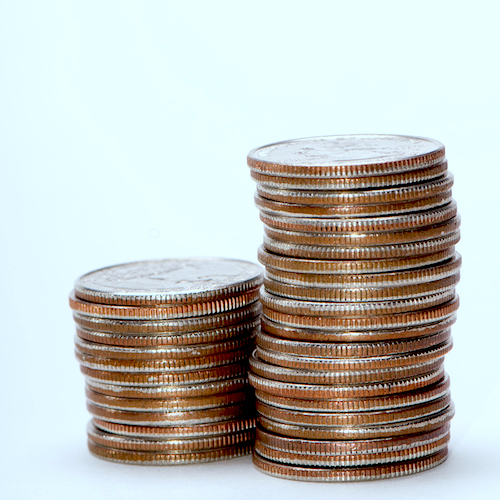Companies and Brands
Why Investors Care Less About Procter & Gamble Dividend Hikes for Now

Published:
Last Updated:

Investors are supposed to love dividends, particularly dividends that keep getting hiked. And in periods of market uncertainty, investors often flock to defensive stocks such as those in the consumer products sector. Unfortunately, investors seem to not care that Procter & Gamble Co. (NYSE: PG) raised its dividend yet again.
After the close of trading on Tuesday, Procter & Gamble raised its dividend to a quarterly payout of $0.7172 per common share. The prior dividend payment was $0.69 per share, which already made for a yield of 3.53%. After a 4% incremental hike, the new annualized dividend yield, based on a $78.10 share price, will be 3.67%.
Defensive and dividend investors know that Procter & Gamble is known for raising its dividend year in and year out. On top of the company paying a dividend for 128 straight years, dating back to its inception since 1890, this new hike now makes the 62nd consecutive year that Procter & Gamble has raised its dividend. As for the nearly $7.5 billion being paid out in dividend during 2018, this will officially take its total dividend tally to $65 billion.
What is sad is that investors have grown to expect these regular dividend hikes. This $2.8688 annualized dividend payout compares with earnings per share expectations for this year of $4.19 and next year of $4.52. That is a payout ratio for this year of about 68%.
One thing driving the lack of interest in Procter & Gamble shares is that it has had a long and slow turnaround, and the activist effort from Nelson Peltz (and the company’s fight against that activist’s effort) have so far yielded very little new in the grand scheme of things.
Procter & Gamble also has its own set of risks if an all-out trade war were to actually come about. 24/7 Wall St. looked up the 2017 business exposure by region. Only some 45% of its sales are in North America, with 8% coming from Latin America and 8% coming from China. Europe is 23% of sales, and the IMEA region (India, Middle East and Africa) accounts for 7% of sales. The rest of Asia-Pacific is another 9% of sales.
Valuation is also an issue here. The company is valued at 18.6 times expected 2018 earnings and at 17.3 times expected 2019 earnings. That might not sound crazily expensive, but it also is not exactly a cheap stock for a slow-growth vehicle that has had some problems.
All things considered, the new yield of 3.67% compares to Treasury yields of 2.77% on the 10-year note and 2.99% on the 30-year bond.
Investors have grown to yawn when companies raise dividends if they already have a long history of dividend hikes. It seems that 62 straight years of dividend hikes has grown into an expectation. Sadly, it’s hard to know what will entice Procter & Gamble investors going forward.
Its shares were last seen trading down 0.3% at $78.10, and the 52-week range is $75.81 to $94.67. The consensus price target from Thomson Reuters is $91.40.
Credit card companies are at war, handing out free rewards and benefits to win the best customers. A good cash back card can be worth thousands of dollars a year in free money, not to mention other perks like travel, insurance, and access to fancy lounges. See our top picks for the best credit cards today. You won’t want to miss some of these offers.
Flywheel Publishing has partnered with CardRatings for our coverage of credit card products. Flywheel Publishing and CardRatings may receive a commission from card issuers.
Thank you for reading! Have some feedback for us?
Contact the 24/7 Wall St. editorial team.